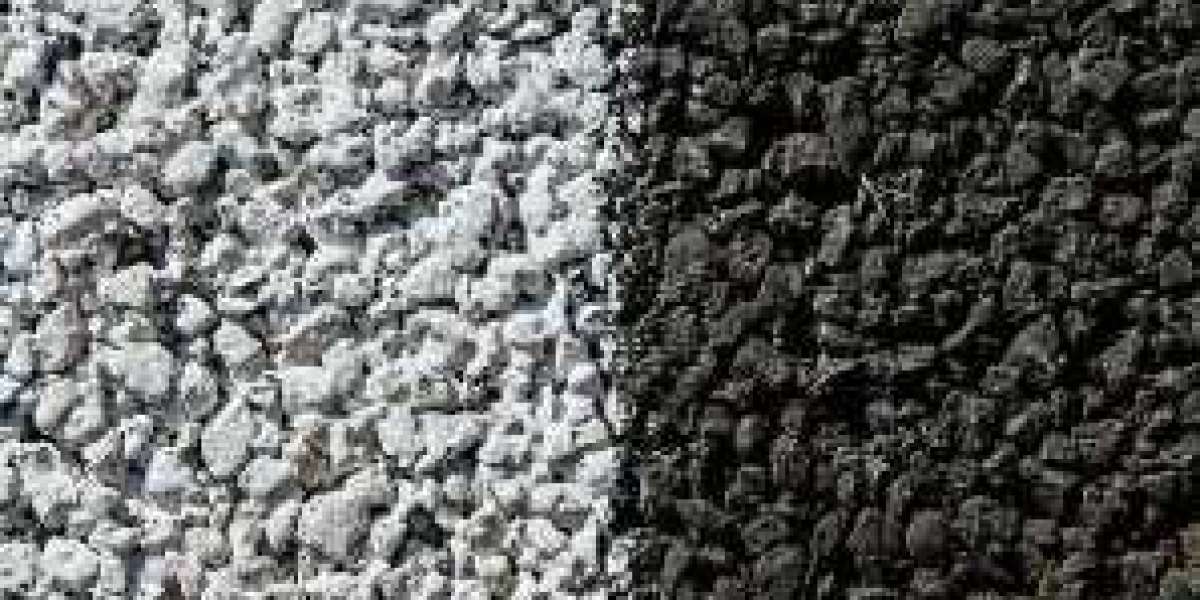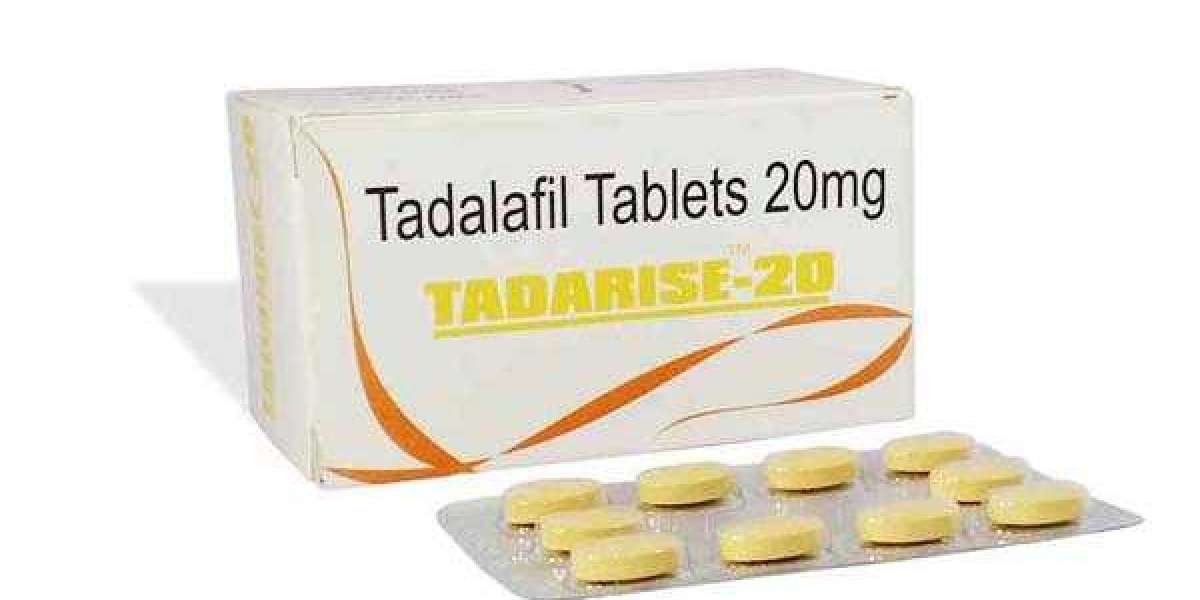Diabetic wounds, particularly diabetic wound management foot ulcers, represent one of the most challenging complications faced by individuals with diabetes mellitus. Impaired wound healing in diabetic patients is attributed to a constellation of factors including neuropathy, peripheral vascular disease, and immune dysfunction. Effective management of diabetic wounds is critical to prevent infections, reduce the risk of lower-limb amputations, and improve patients’ quality of life.
Understanding Diabetic Wounds
Diabetic wounds predominantly arise due to peripheral neuropathy, which leads to a loss of protective sensation, and peripheral arterial disease, which impairs blood flow and oxygen delivery to tissues. These factors contribute to delayed wound healing and increase susceptibility to infection. Additionally, hyperglycemia impairs immune responses and collagen synthesis, further complicating wound repair.
Principles of Diabetic Wound Management
Successful diabetic wound care involves a multidisciplinary approach that addresses both local wound factors and systemic issues:
1. Comprehensive Assessment
Wound Evaluation: Assess size, depth, presence of necrosis or infection, and exudate characteristics.
Vascular Status: Evaluate peripheral pulses, ankle-brachial index (ABI), and consider vascular imaging if ischemia is suspected.
Neuropathy Screening: Use monofilament testing and vibration perception to assess sensory loss.
2. Optimal Glycemic Control
Maintaining blood glucose levels within target ranges is paramount, as hyperglycemia impairs leukocyte function and delays wound healing.
3. Debridement
Removal of necrotic tissue and biofilm through surgical, enzymatic, or autolytic debridement promotes healthy granulation and reduces infection risk.
4. Infection Control
Prompt identification and treatment of infections with appropriate antibiotics are essential. In cases of osteomyelitis or systemic involvement, more aggressive interventions may be necessary.
5. Offloading Pressure
Redistributing pressure away from the wound using specialized footwear, casts, or braces prevents further tissue damage and facilitates healing.
6. Moist Wound Healing
Maintaining an optimal moisture balance through appropriate dressings enhances cellular migration and tissue regeneration.
7. Adjunctive Therapies
Advanced modalities such as negative pressure wound therapy (NPWT), growth factor applications, hyperbaric oxygen therapy, and bioengineered skin substitutes may be utilized in refractory cases.
Patient Education and Prevention
Educating patients on proper foot care, including daily inspection, hygiene, avoiding trauma, and wearing appropriate footwear, is vital to prevent wound occurrence and recurrence. Regular follow-ups enable early detection and intervention.
Challenges and Future Directions
Despite advances, diabetic wound healing remains complex due to factors like poor circulation, infection, and comorbidities. Emerging research focuses on regenerative medicine, stem cell therapies, and molecular targets to enhance healing. Integration of telemedicine and wearable sensors also holds promise for improved monitoring and management.
Conclusion
Effective diabetic wound management requires an integrated strategy that combines meticulous local wound care with systemic optimization and patient education. Early intervention, vigilant monitoring, and a multidisciplinary approach are key to reducing morbidity and preserving limb function in diabetic patients.



